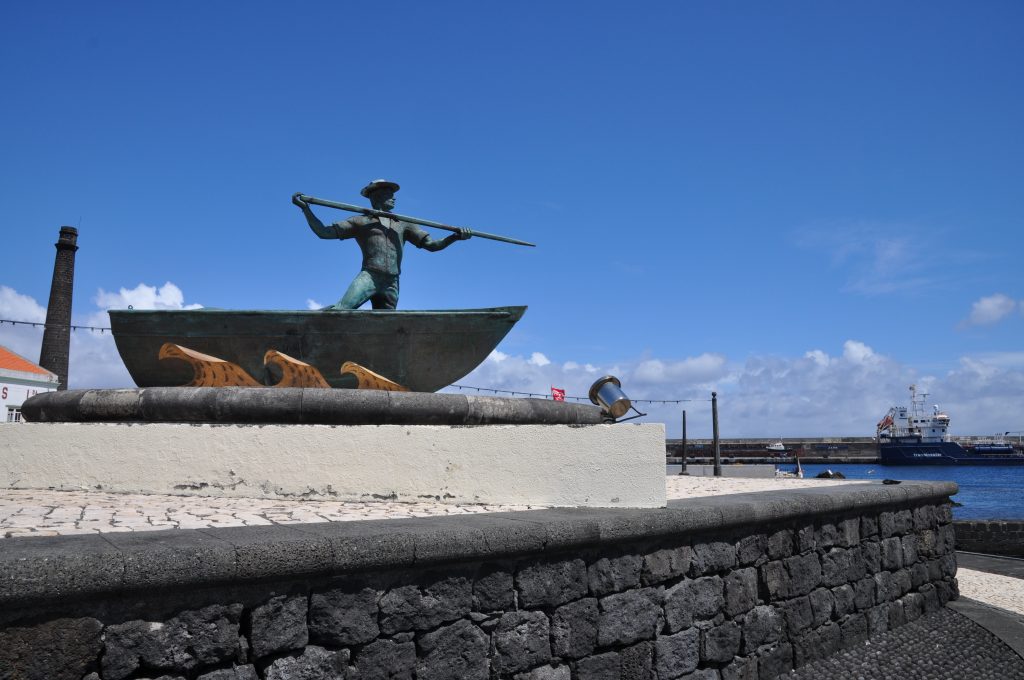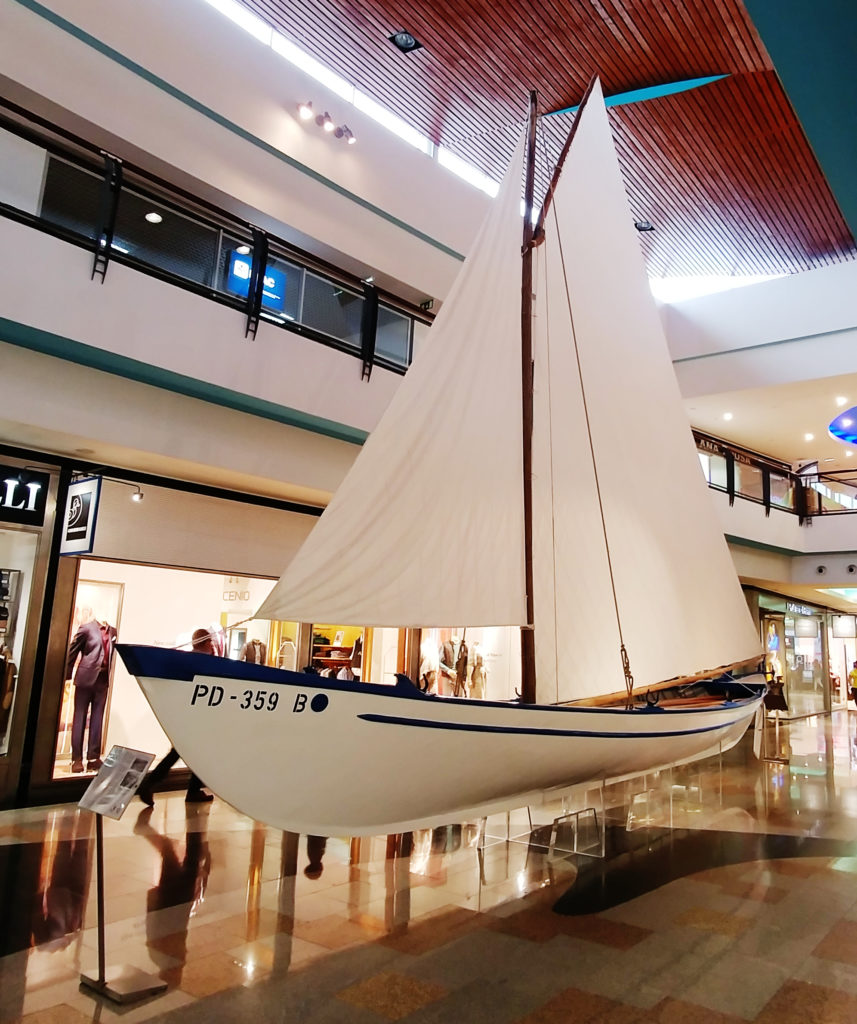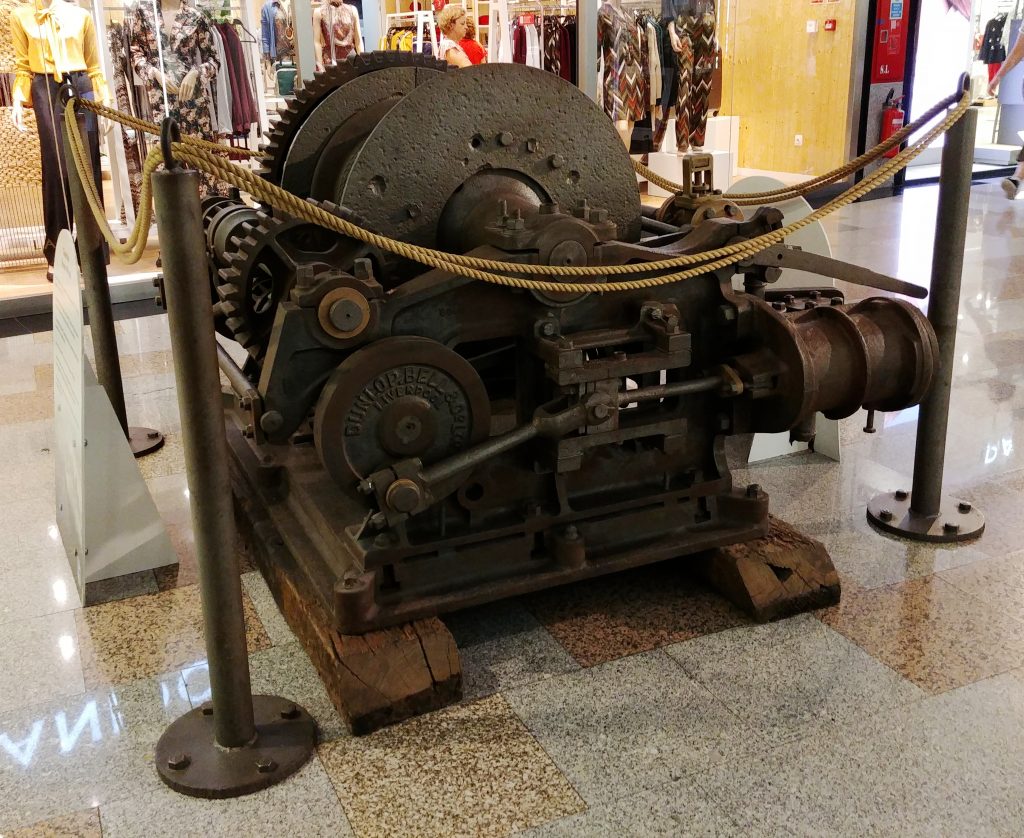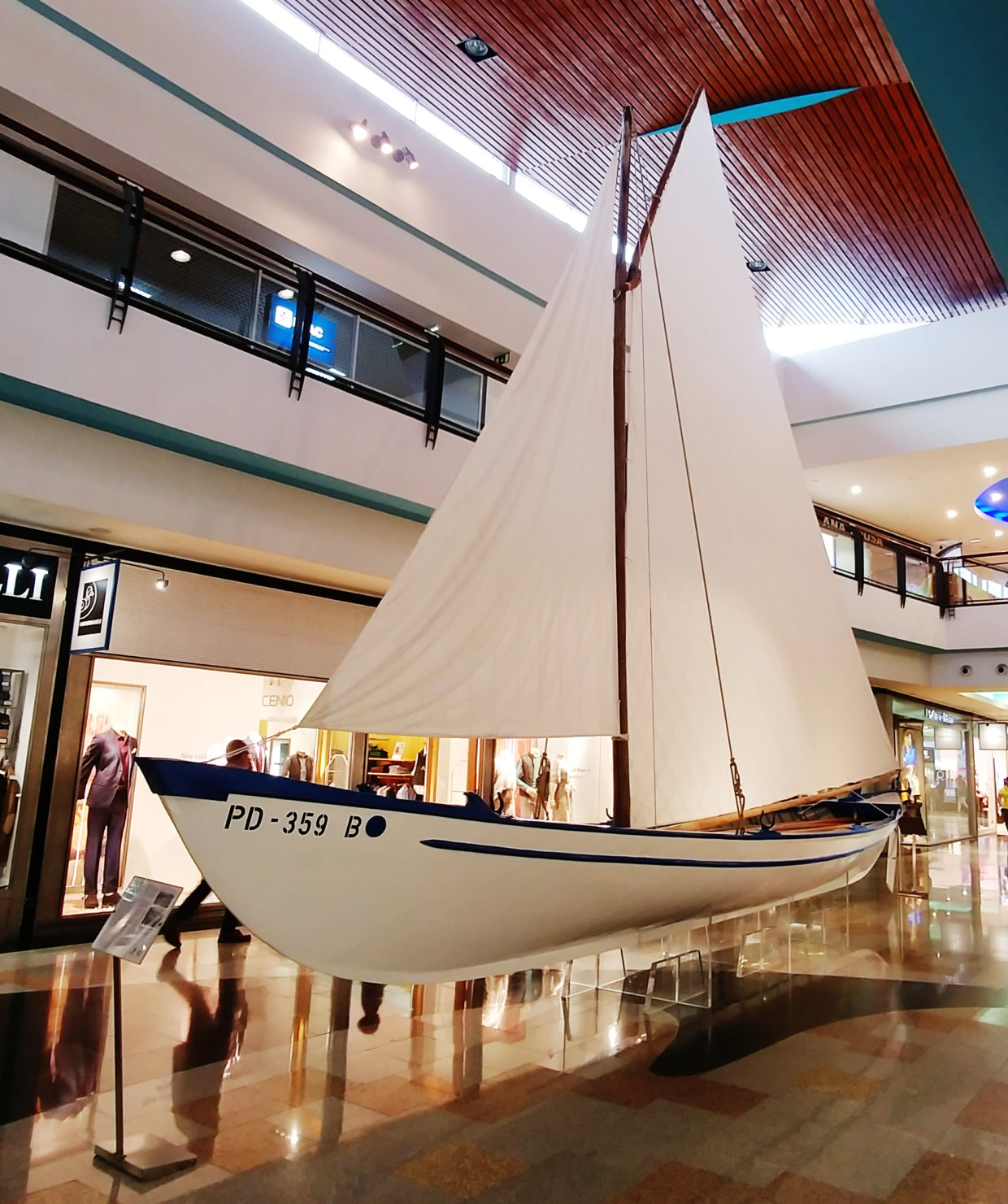The Significance of Whaling on the Azores
For a long period of time, whaling on the Azores was one of the main sources of income for its residents. Only in 1984, so relatively late, did the Azores join the general whaling ban, and this was at a time when whaling had already lost most of its importance.
Whaling on the Azores was different than in many other regions. It is also important that you gather some information about life on the Azores back then before coming to any premature conclusions and judgements. Life back then was rough, and defined heavily by the secluded location of the islands. Even today there are times when ships can’t reach the island due to the storms in winter, and this situation was no easier back then than it is today. It was simply necessary to make use of every available opportunity. This is why whaling, along with agriculture and fishing was one of the main ways to make a living.

Whaling on the Azores Using Simple Resources
Other than in countries where whaling is still common even today, the process did not use any technology on the Azores. The men used very simple resources, small boats, and often risked there lives when going out to sea. The boats they used were only half as large as a grown sperm whale. You can see one of these boats at the Parque Atlântico.

Only sperm whales were hunted using sails and oars, as they remained on the surface after the hunt, whereas other types of whales would have dragged the small boats down with them when sinking. This means only sperm whales could be brought to the shores, where they were subsequently taken apart and processed in factories you can still see today. You can also find one of the steam-powered hoists that was used to drag the whales out of the water at the Parque Atlântico.

The residents of the Azores were especially interested in the spermaceti, the fatty organs sperm whales possess. From this organ, you could make oil which had properties that were especially desirable back then. Due to it burning brighter and with less odour, it was used in lighthouses, but also for oil lamps. Later on, the oil was used as a lubricant, because other than biological oils it did not react with metals. However, by the beginning of the 19th century, the oil was already being replaced by other substances. By the way, the Azorians never actually ate their whales.
Today, the remaining observation points fortunately are mainly used by the many Whale Watching companies. They are definitely still worth a visit, as they offer some of the most astonishing views.
